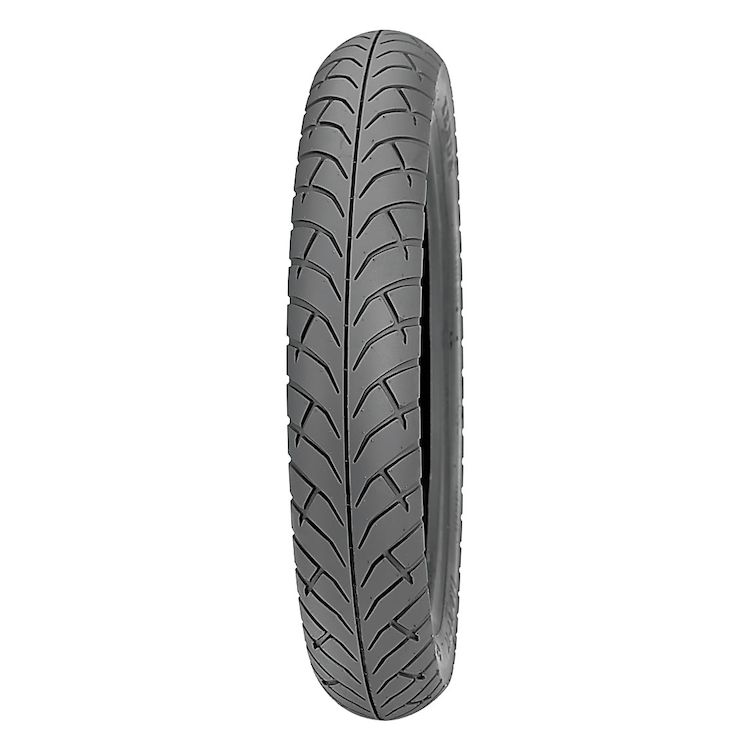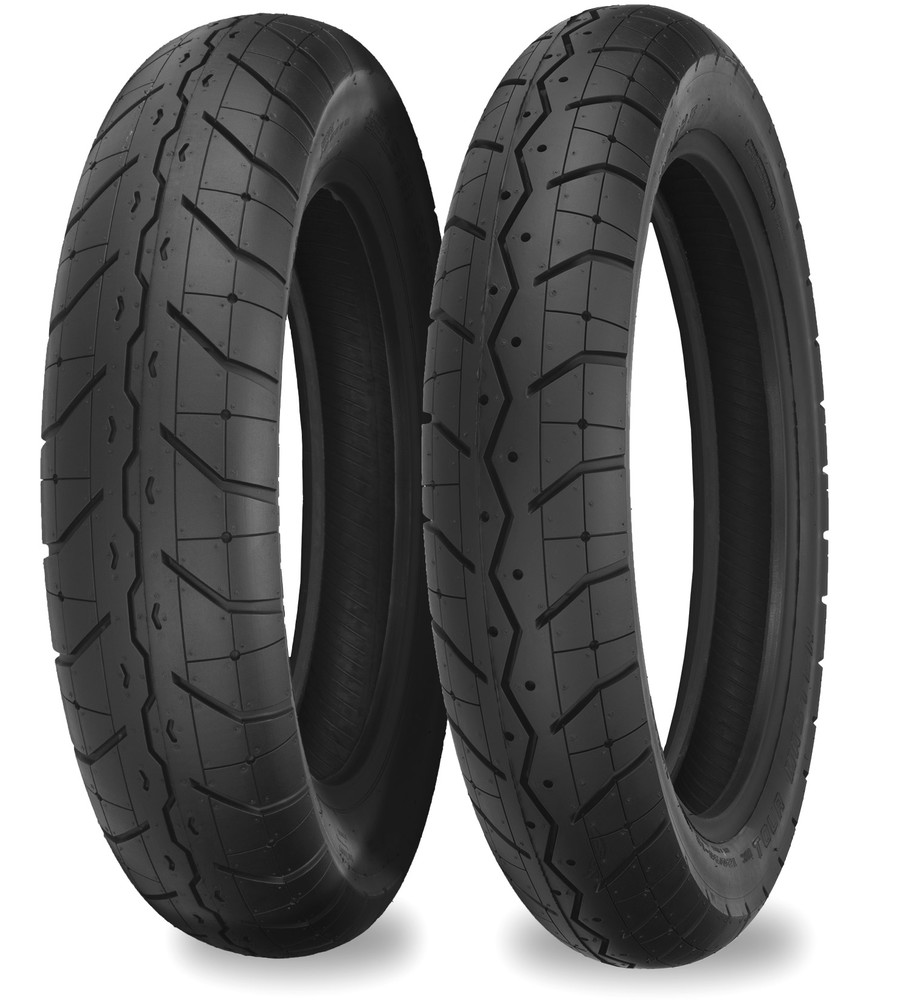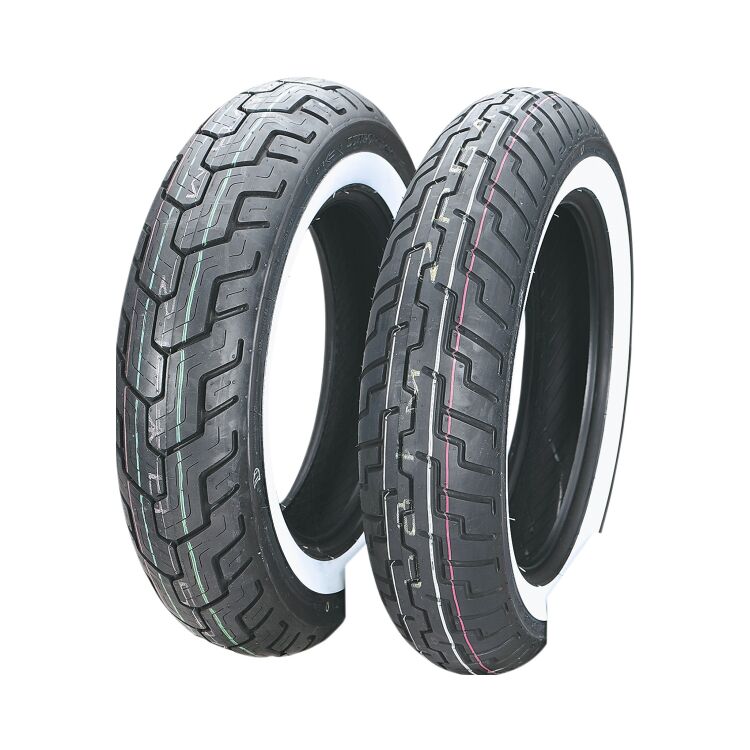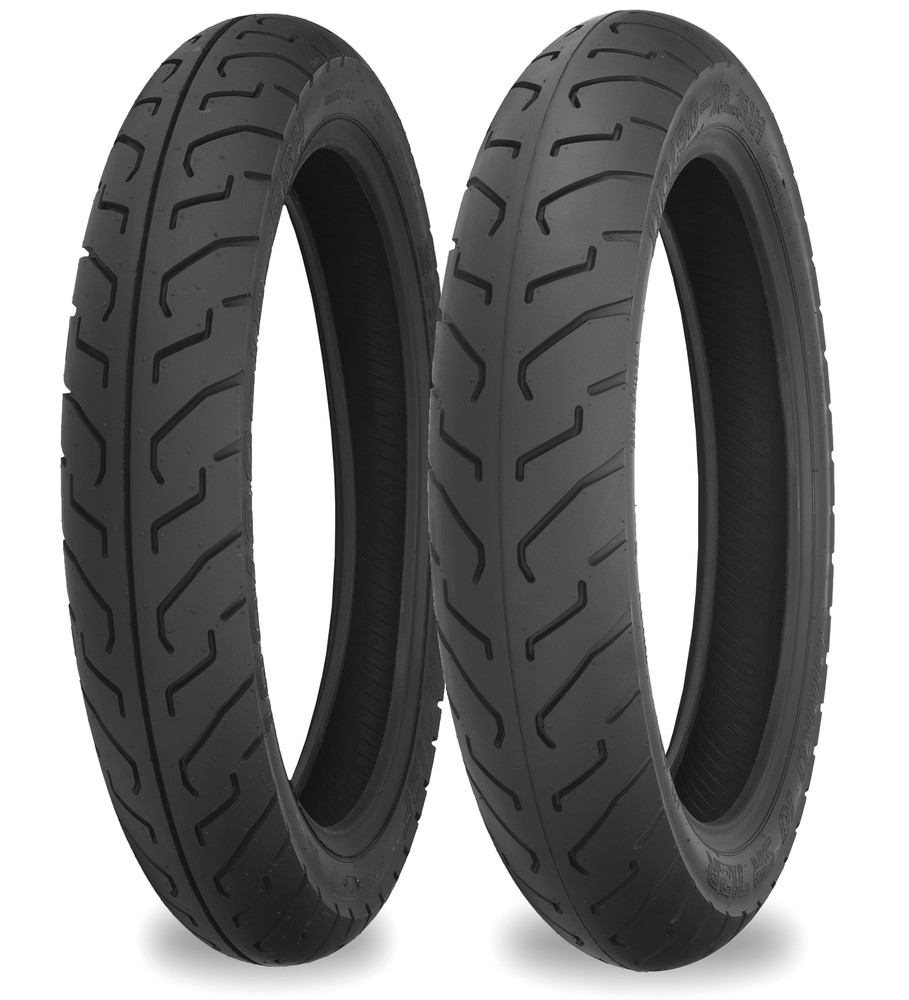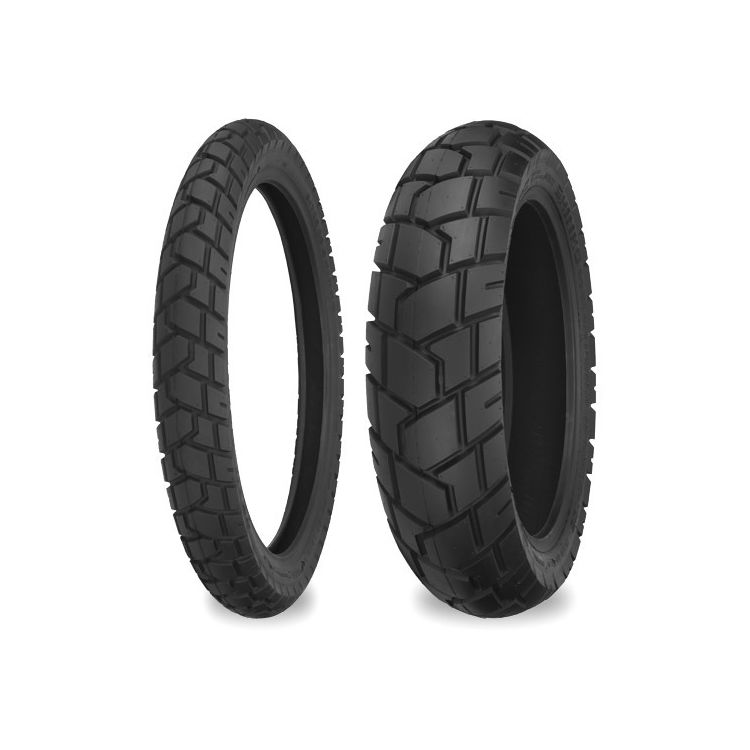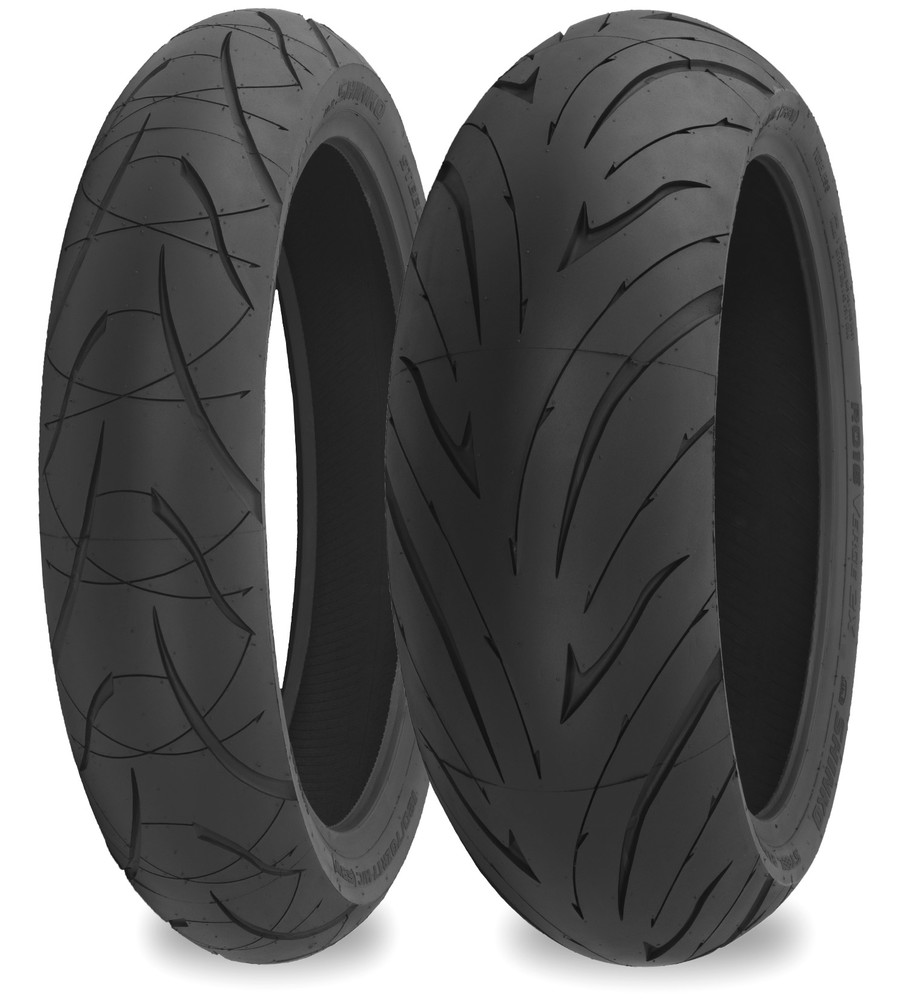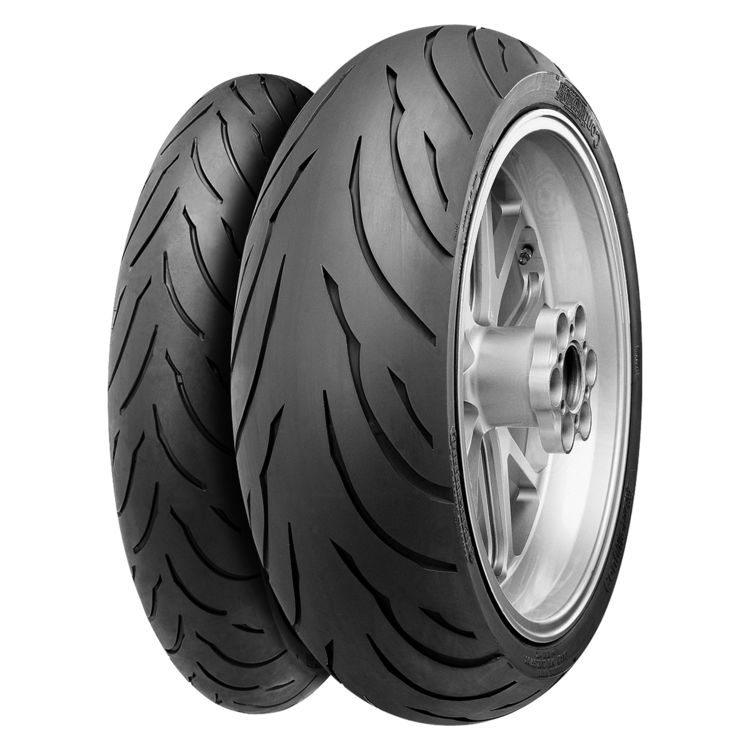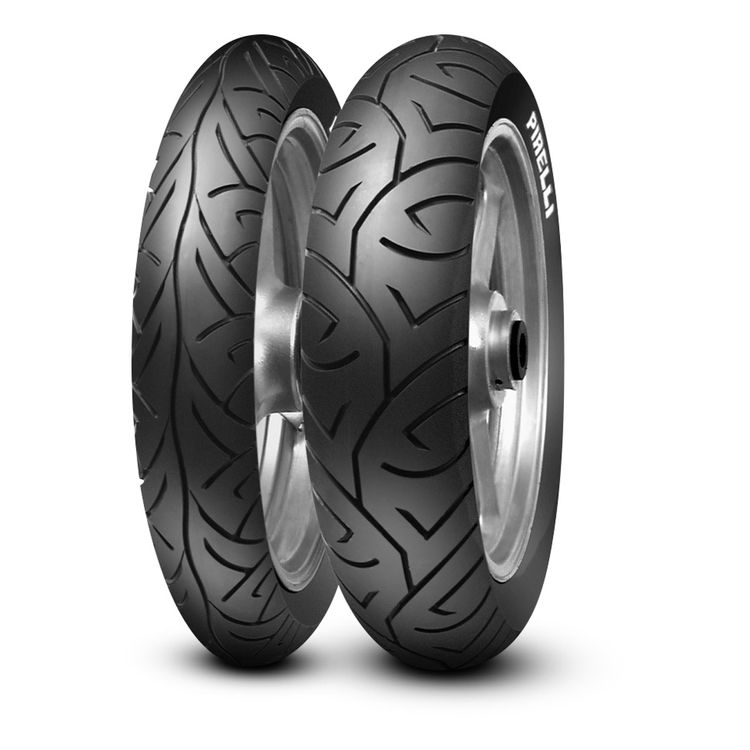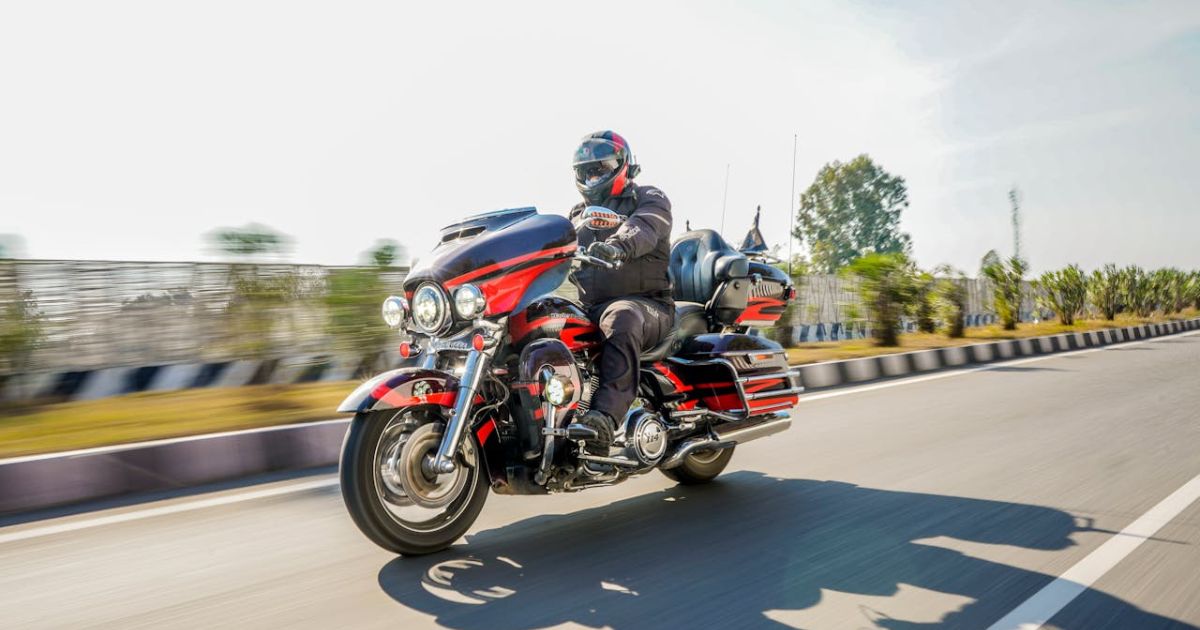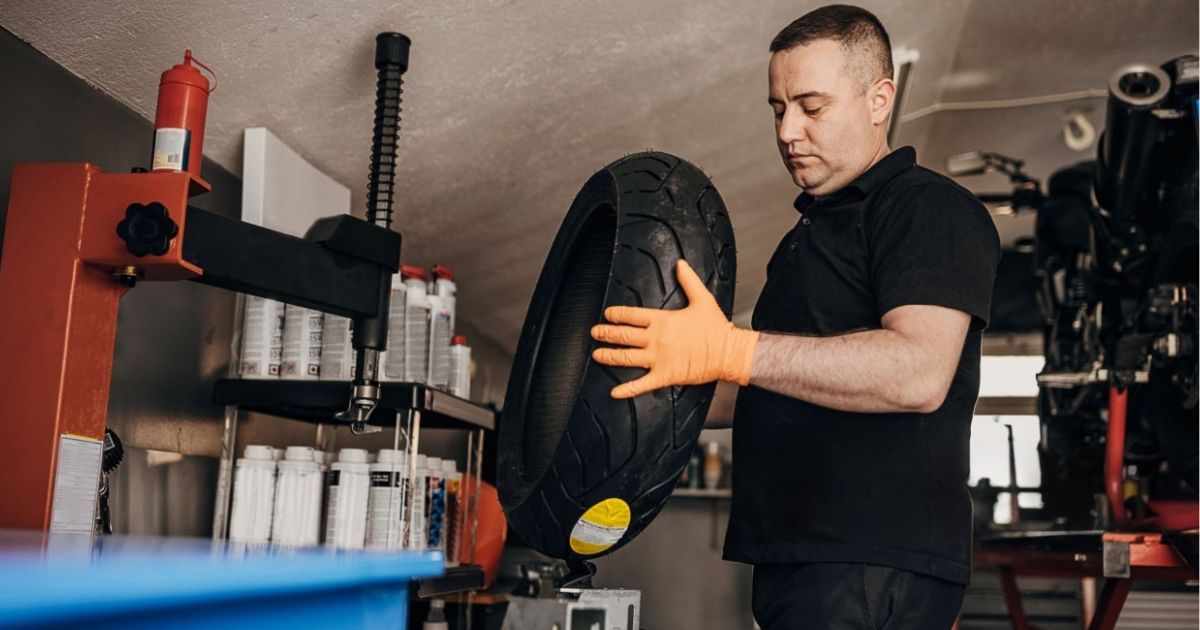
Cheap Motorcycle Tires: Budget Rubber That Doesn’t Suck
left for contents
You don’t have to spend a fortune to ride with confidence.
As long as you pick the right tire for your bike and riding style, value‑priced rubber can keep you safe, give you feedback when you push the pace, and free up cash for gas.
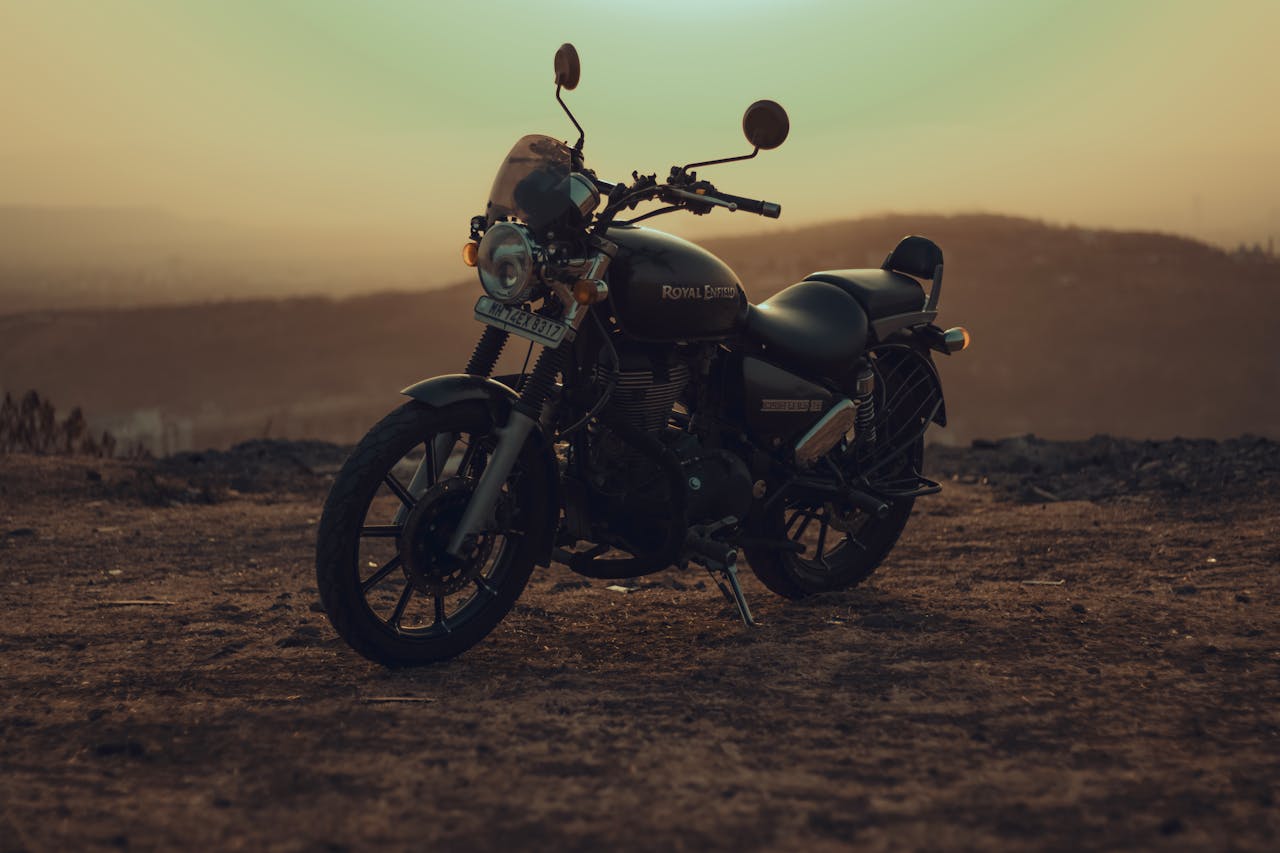
The biggest myth I hear from fellow riders is that affordable tires are automatically unsafe or junk. In reality, several budget tires are built in the same factories as name‑brand models and offer surprising performance.
That brings us to a few controversial truths about cheap motorcycle tires:
- Cheap isn’t synonymous with dangerous — A handful of lower‑priced tires actually outlast and outperform some premium models in wet traction or mileage. Paying more doesn’t magically make your bike safer.
- You can’t choose on price alone — Some budget tires work beautifully on lighter cruisers but will feel sketchy on a heavyweight bagger. Matching the tire’s design and load rating to your bike matters more than the brand on the sidewall.
- “One size fits all” is a marketing lie — A sport‑oriented budget radial will feel numb on a dual‑sport and vice versa. Knowing whether you ride mostly pavement, gravel or twisties is the first step toward the right pick.
- Longevity varies wildly — A dual‑sport tire like the Shinko 705 may last over 10 k miles, while a stickier sport touring tire such as the Pirelli Sport Demon can show wear around 4 k miles. Don’t expect equal tread life just because the price tags are similar.
Below I lay out which cheap tires make sense for different riding scenarios, break down their pros and cons in plain language, and explain why a “cheap” tire may actually be the smartest buy.
Grab a drink, settle in, and let’s talk about rubber.
Which Cheap Tire Fits Your Ride?
Before shopping, think about the type of riding you do most. A tire’s tread pattern, rubber compound and construction determine whether it will shine on a cruiser, hustle on a sportbike or scramble up a forest road. Here’s a quick guide to help narrow the field:
Cruiser & Touring Riders
If you ride a metric cruiser, a lightweight bagger or an older touring bike, you want stability, long life and predictable handling. Budget cruiser tires often use bias‑ply construction that can handle heavy loads without wobbling. The Kenda K671 Cruiser ST and Shinko 230 Tour Master are great for long‑distance riders who value smooth highway manners. The Dunlop D404 and Shinko 712 suit lighter cruisers and older bikes where cost is a bigger concern than ultimate performance.
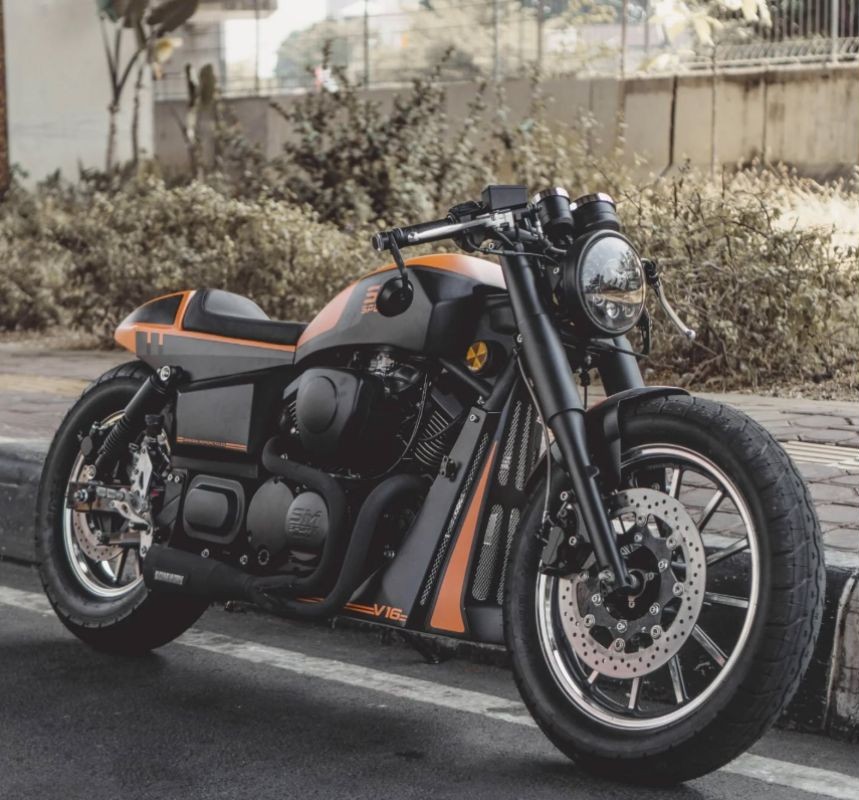
Dual‑Sport & Adventure Riders
Mixed‑terrain riders need tread blocks that bite into dirt yet remain civilized on pavement. The Shinko 705 is a workhorse 80/20 (street/trail) tire that balances highway stability with light off‑road capability. It’s ideal for riders who commute during the week and explore gravel roads on weekends. If you spend more time in mud, you might look at knobbier 60/40 or 50/50 tires, but the 705 provides remarkable value and longevity.

Sport & Sport‑Touring Riders
Street‑sport riders want quick steering, lean‑angle grip and a compound that doesn’t evaporate after a few spirited rides. Two budget radials stand out: the Shinko 016 Verge 2X and Continental ContiMotion. Both use multi‑compound or advanced polymer technology to deliver good grip and mileage. For riders on a classic standard or vintage sportbike who prefer bias‑ply construction, the Pirelli Sport Demon offers an affordable throwback with modern wet‑weather traction and a smooth ride.
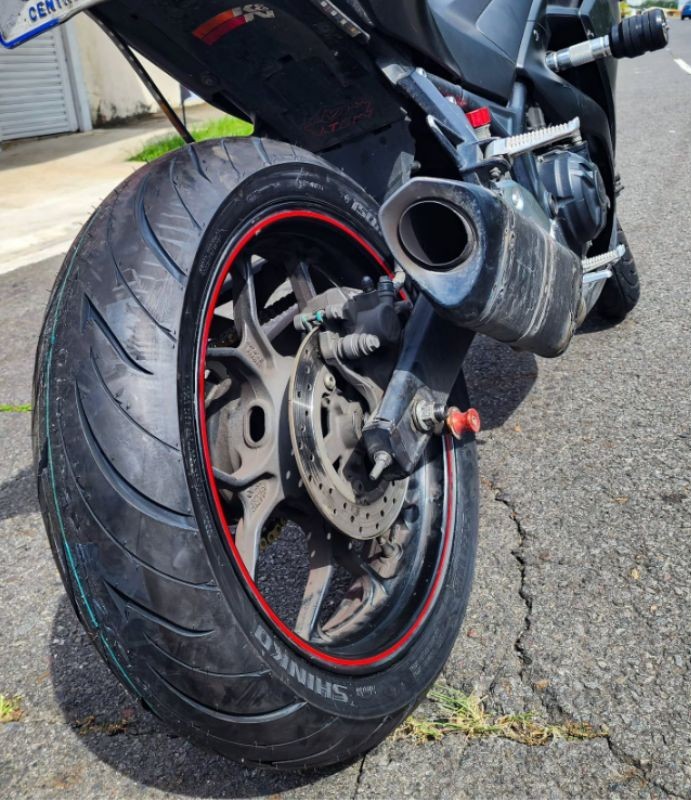
When Not to Cheap Out
Saving money shouldn’t come at the expense of safety. Heavy touring bikes, high‑horsepower machines and serious track use demand tires with higher load ratings and more sophisticated compounds. Likewise, riders who consistently push the limits in the rain may want to spend a little more for advanced silica compounds or dual‑compound sport tires. If you’re unsure, check your owner’s manual for the manufacturer‑recommended specifications.
Budget Cruiser & Touring Tires
Kenda K671 Cruiser ST
Why It’s Good: Kenda built the K671 to give cruiser riders a quiet, predictable ride without the premium price. The deep, offset tread evacuates water to maintain traction in wet conditions and the tubeless construction makes maintenance straightforward. It’s H‑rated for speeds up to 130 mph, which is more than enough for most cruisers. The six‑ply carcass provides durability and stability under load, making it a smart choice for lightweight touring rigs or daily commuter bikes.
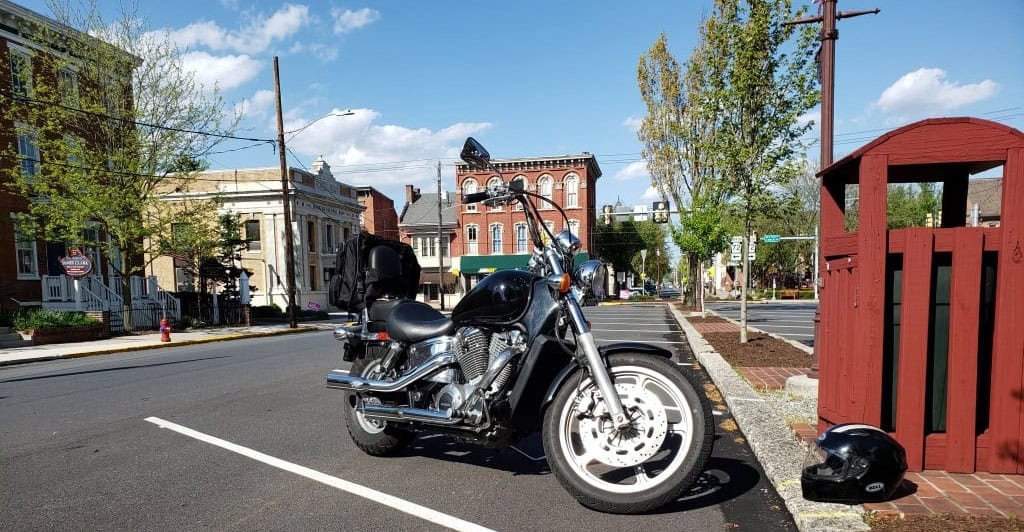
Downsides & Silver Lining: The deep tread and harder compound mean you sacrifice a bit of outright grip compared to premium touring tires; some riders notice longer braking distances on cold pavement. The upside is that this stiffness translates into longevity and stability at highway speeds. If you prioritize grip over mileage, consider stepping up to the Shinko 230 Tour Master.
Balanced cruiser tires designed for reliable wet & dry grip, stable handling, and long tread life — ideal for riders who want confidence on the road without breaking the bank.
- Excellent wet traction thanks to deep offset tread sipes
- Smooth ride with reduced vibration over rough surfaces
- Wide contact patch boosts grip and mileage
- Aggressive tread style adds confidence & visual appeal
- Stiff sidewalls make mounting challenging
- Aggressive tread pattern may look odd to traditional cruiser purists
Shinko 230 Tour Master
Why It’s Good: Designed for long‑distance, high‑speed riding, the Shinko 230 features a staggered tread pattern that keeps road noise low and helps the tire track straight. An aramid belt reinforces the carcass for stability under heavy loads, and the tubeless design makes installation easy. It performs well in wet and dry conditions, making it a versatile option for touring riders who value comfort and endurance over razor‑sharp handling.
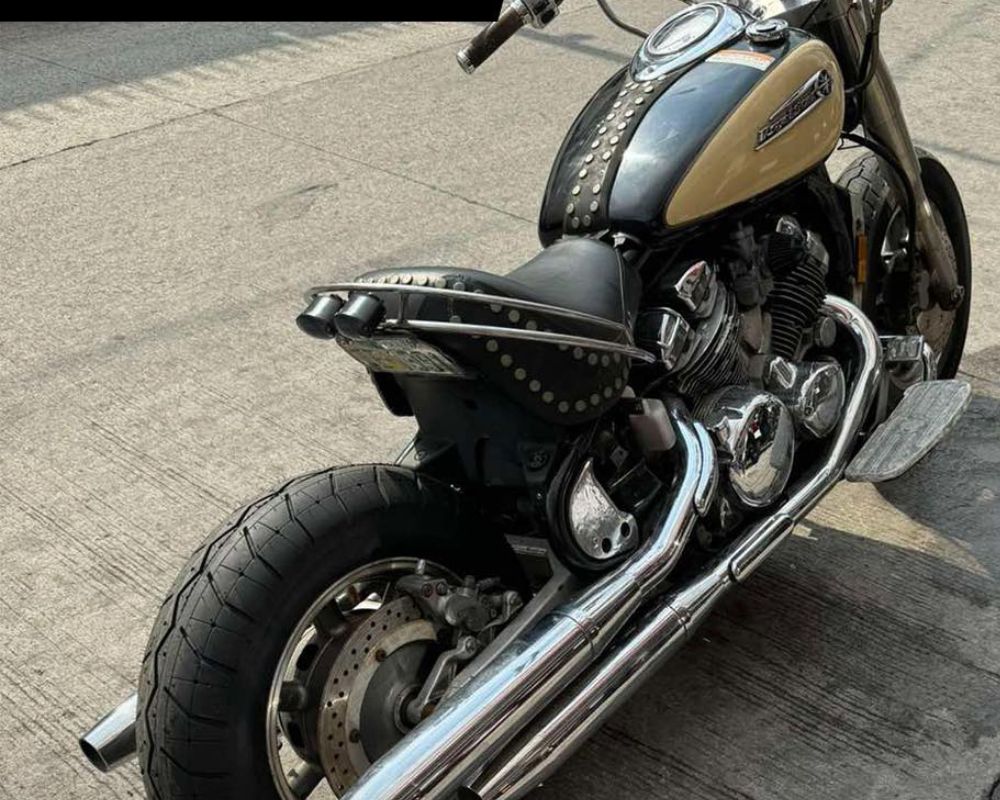
Downsides & Silver Lining: Because the 230 uses a harder compound, it takes longer to warm up on cold mornings. For riders who push hard right away, there’s a brief period where the tire feels a bit numb. The silver lining is increased tread life—many riders get 8k–10k miles before needing a replacement. If you want quicker warm‑up and a softer ride, take a look at the Dunlop D404, albeit with a lower load rating.
Classic, heavy-load cruiser tire with strong grip in wet & dry, stable highway manners, and good comfort for long rides.
- Very good wet and dry traction, even on grooved pavement
- Handles and corners predictably with little “tracking” stress
- Smooth ride-quality; minimal highway vibration or noise
- Tread holds up well under load; plenty of life for size/class
- Soft compound means quicker wear under aggressive riding or hard braking
- Edge scalloping or uneven wear reported on some cruiser applications
Dunlop D404
Why It’s Good: The D404 is a value‑priced cruiser tire designed to fit a wide range of older and middle‑weight bikes. Dunlop’s tread compound balances mileage with grip and features large circumferential grooves to evacuate water for improved wet traction. The bias‑ply construction allows the tire to carry heavier loads, while an offset center groove enhances straight‑line stability.
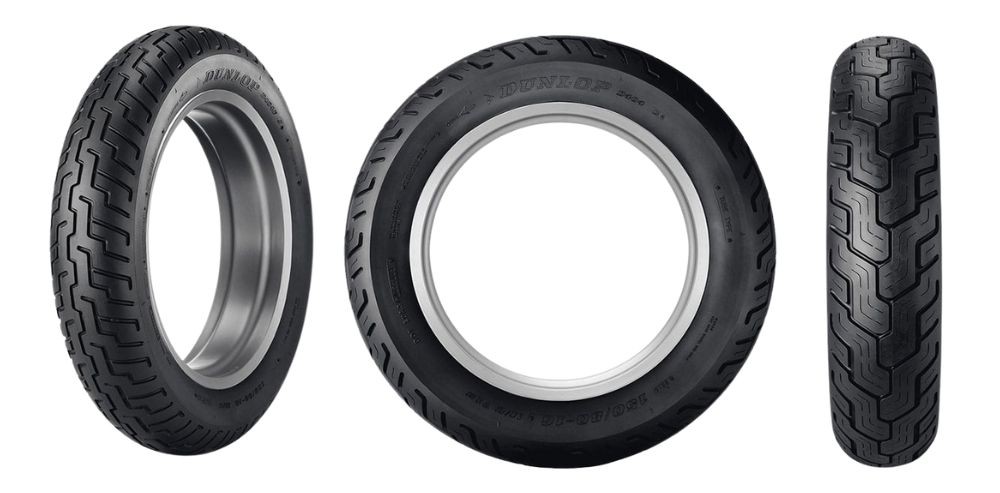
Downsides & Silver Lining: Dunlop explicitly warns that the D404 isn’t suitable for Harley‑Davidson models because its load rating may be insufficient for heavier bikes. If you own a big V‑twin or ride two‑up with luggage, consider the Kenda K671 or a more heavy‑duty tire. The positive is that the D404’s harder compound delivers good mileage and the price makes it easy to replace when the tread wears down.
A cruiser tire with stable straight-line tracking, dependable wet grip, and solid mileage — a good fit for lighter cruisers and classic bikes.
- Dependable wet and dry traction
- Stable tracking on highways and streets
- Front tire offers long tread life
- Available in a wide range of sizes
- Rear tire wears faster under heavy loads
- Soft feel if underinflated at highway speeds
Shinko 712
Why It’s Good: Shinko built the 712 specifically for metric cruisers and older standards. It uses a 67H load rating and softer compound that delivers plenty of grip for medium‑weight bikes. The sidewalls are more pliable than those on heavier‑duty tires, making installation easier and giving a comfortable ride. According to riders, the 712 provides progressive feedback: when you approach the traction limit it emits a distinctive howl rather than letting go abruptly.
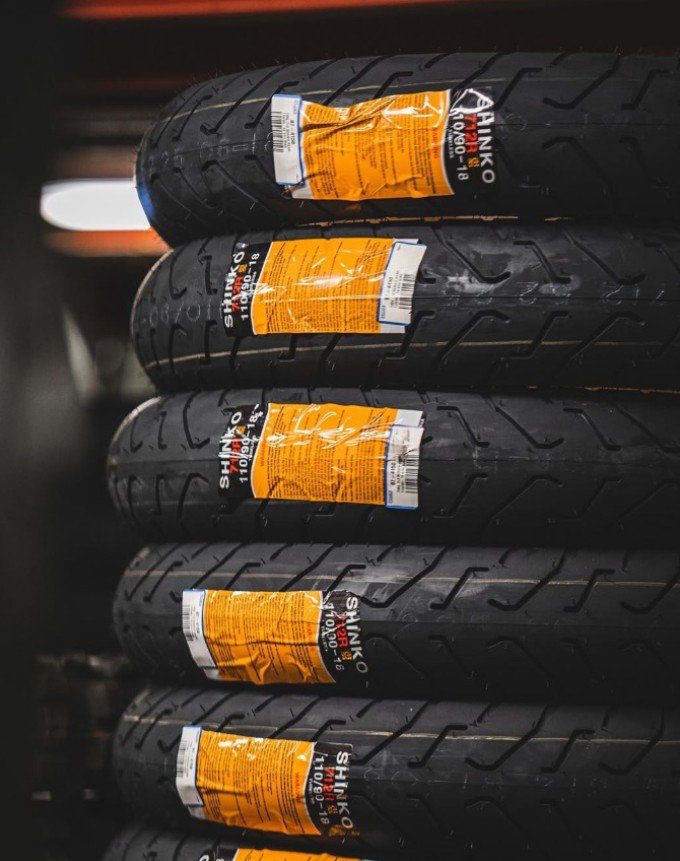
Rider Story: Riders report that the Shinko 712 offers surprisingly good value for the money. One RevZilla reviewer noted that the tire holds up well even with “peg-scraping handling,” though it can slide a bit under hard corner exits and doesn’t inspire as much confidence in heavy rain.
On the KZrider forum, another rider said that after about 3,500 miles, the pair still handled great, with the front showing very little wear, but estimated the rear would top out around 5,500–6,000 miles under a spirited riding style. Meanwhile, members of the SOHC/4 Owners’ Club Forum described the 712 as a dependable budget option that worked just fine on mid-sized bikes like the Honda 550s.
A cruiser-bias tire with a staggered tread and 4-ply nylon carcass, the Shinko 712 delivers wet-weather grip, good straight-line stability, and decent mileage for everyday cruiser use.
- Wide range of classic cruiser fitments
- Handles well in wet and dry roads
- Good front-tire lifespan reported by many
- Balanced stability and grip for lighter/touring riding
- Rear tread may not last as long under spirited riding
- Bead seating can be difficult; may require tools or extra work
Downsides & Silver Lining: The 712 isn’t designed for heavy power cruisers or riders who demand track‑level grip. High‑torque baggers may exceed its load rating, and performance riders may find the feedback too soft. But for an older cruiser or vintage standard that sees primarily city miles, the Shinko 712 offers unbeatable value. If you own a heavier bike, consider moving up to the Kenda K671 or a premium cruiser tire.
Budget Dual‑Sport Tire
Shinko 705 Dual Sport
Why It’s Good: The Shinko 705 is designed as an 80/20 (street/trail) tire, giving it a smooth ride on pavement and enough tread to handle gravel or dirt. Its versatile tread pattern provides excellent wet and dry adhesion and runs quietly on the highway. The rubber compound resists chunking when ridden off‑road and the 4‑ply construction offers durability. In testing, riders found the 705 stable at high speed and comfortable on pavement thanks to the heavier rubber and wider profile.
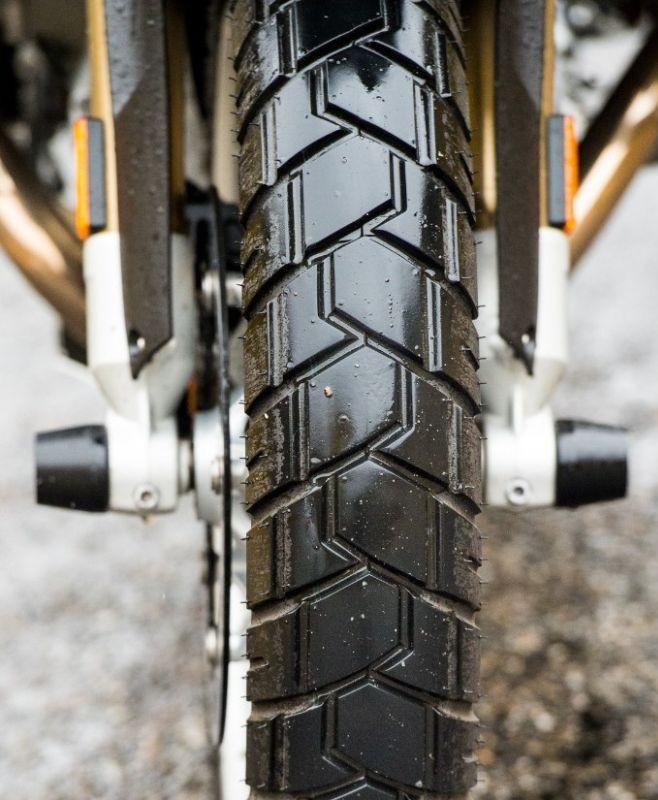
Rider Story: Riders report that the Shinko 705 punches above its price point for dual-sport use. A tester from AdventureMotorcycle.com said wear was “far better than average,” noting that after 2,500 miles of hot desert pavement the tire still looked strong, with confidence it would deliver at least another 2,500 miles from the rear.
Motorcyclist Online highlighted that the 705s can vibrate a little under 10 mph, but once up to speed they roll smoothly and offered dependable grip, even in wet conditions—logging around 7,000 miles from the first rear and a full 15,000 miles from the front. Forum riders echoed the sentiment, praising improved off-road capability and describing the extra vibration at highway speeds as noticeable but not uncomfortable.
Street-biased dual sport tires built for long pavement life with enough chunk left for mild off-road — solid grip, highway stability, and good mileage without compromise.
- Very long rear and front tread life on pavement & mixed terrain
- Stable at highway speeds; smooth, predictable handling
- Strong grip in wet and dry; good resistance to chipping
- Wide range of sizes; tubeless friendly & relatively easy to mount
- Not as confident in deep mud or loose sand off-road
- Noticeable vibration or rumble at low speeds or under light loads
Downsides & Silver Lining: The 705 isn’t a mud tire—deep sand or clay will tax its street‑biased tread. Some riders report a faint whine on asphalt at certain speeds, but it’s far quieter than most dual‑sport tires. The silver lining is that the moderate tread depth keeps weight down and improves fuel economy. If you need a more off‑road‑centric tire, consider Shinko’s 804/805 Big Block or Kenda’s K270; both are still reasonably priced.
Budget Sport & Sport‑Touring Tires
Shinko 016 Verge 2X
Why It’s Good: Shinko’s Verge 2X aims to deliver sportbike grip without premium pricing. It uses a dual‑compound design with a harder center for mileage and softer shoulders for cornering grip. Fine sipes across the tread improve wet traction and encourage even wear. The rear tire has a full steel belt for stability at speed, while the front uses an aramid belt for quick steering response. The profile encourages quick transitions and generous lean angles, making it a fun tire for twisty roads.
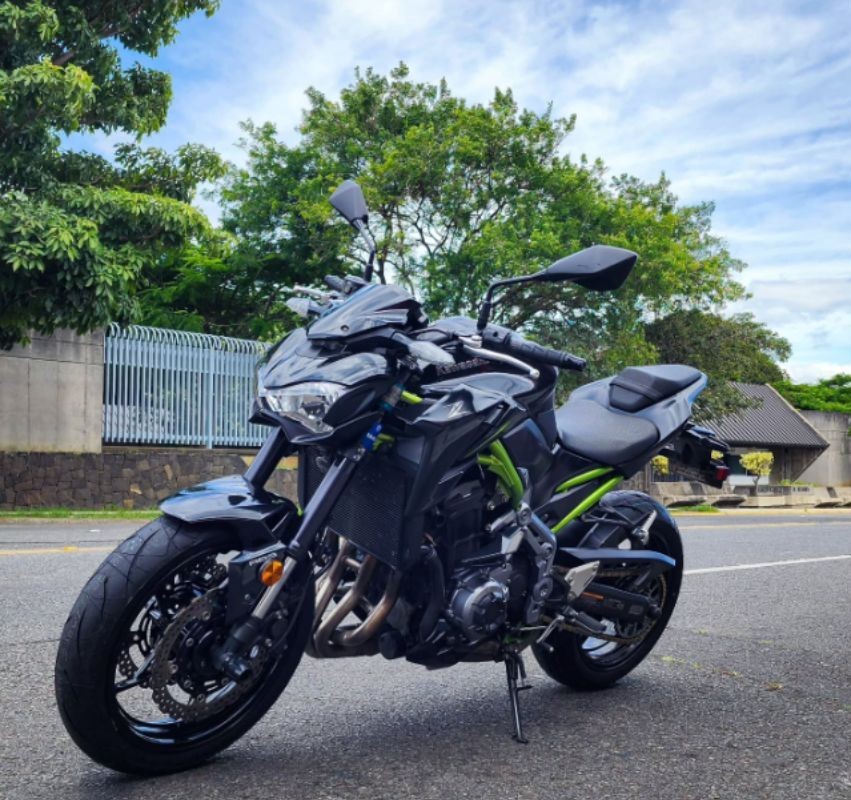
Downsides & Silver Lining: The 016 is still a budget tire, so while the grip is good, it doesn’t match high‑end hypersport tires in ultimate traction. Riders doing repeated track days or racing will want something stickier. The upside is that its moderate compound provides better mileage and wet‑weather performance than many hyper‑sticky tires. If you’re a daily rider who enjoys weekend canyon runs, the Verge 2X strikes a nice balance.
A sport-touring radial tire with a dual-compound build that delivers sharp grip in corners, strong wet performance, and longer life down the center for mixed riding.
- Great cornering grip even when leaned hard
- Strong wet-weather traction; channels water well
- Dual-compound center helps with extended mileage on straights
- Stable feel at highway speeds; good handling in sport-touring use
- Tread life is shorter under heavy two-up or hard sport riding
- Wide sipes create noticeable road noise or vibration
Continental ContiMotion
Why It’s Good: Continental markets the ContiMotion as an all‑season sport‑touring radial for the price‑conscious rider. It claims outstanding all‑around performance and unmatched levels of wet and dry grip. A newly formulated polymer compound and modern tread pattern promote long life, and a 0° steel belt on the rear improves stability and ride comfort. Continental even backs the tire with a free three‑year roadside assistance warranty.
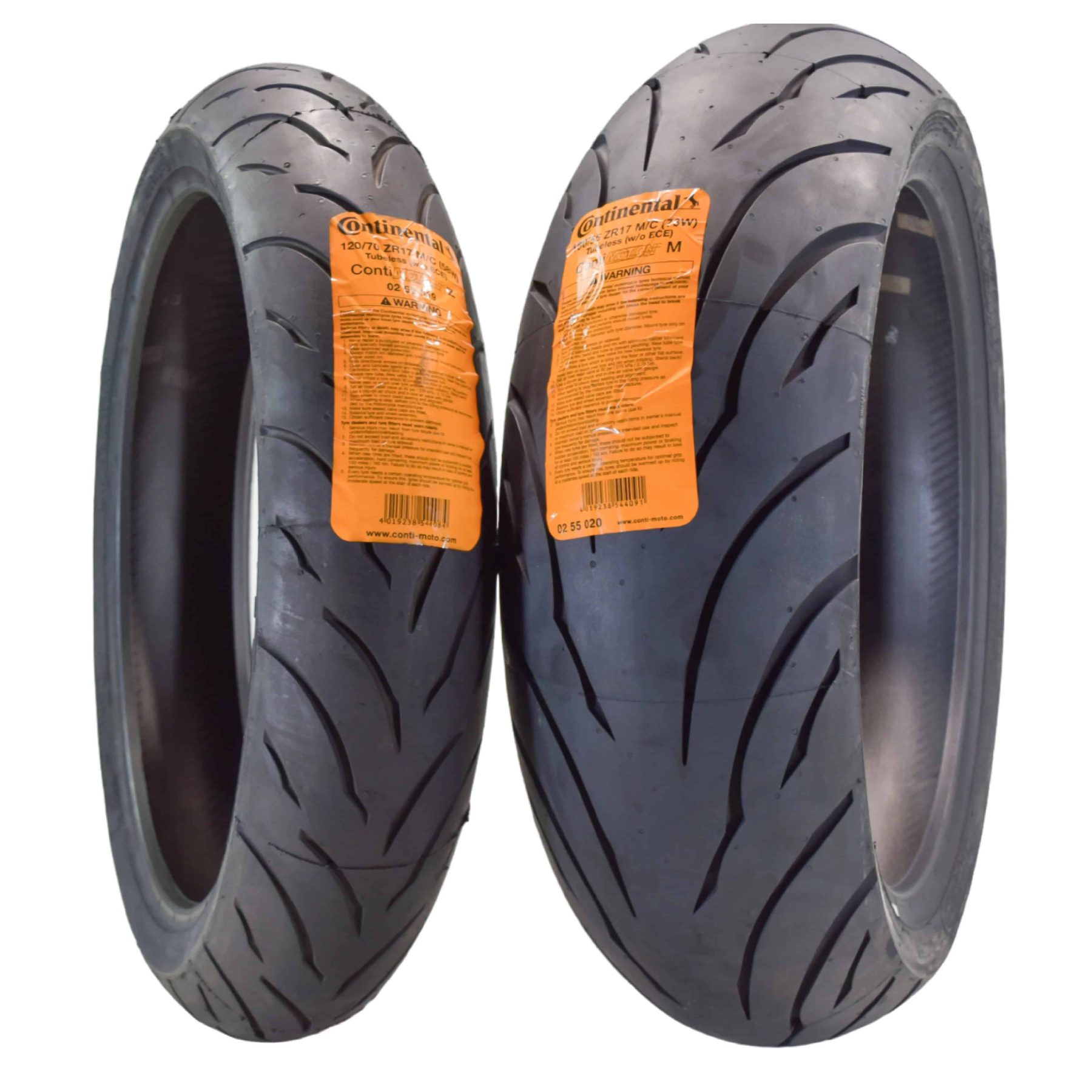
Rider Story: Riders report that the Continental ContiMotion is a budget-friendly option that delivers dependable performance for commuting and everyday riding. Amazon reviewers highlight its “safe and reliable feedback on both dry and wet roads” and appreciate the stability provided by the 0° steel-belt construction in the rear.
On Reddit, riders describe it as “not the best, not the worst,” but fairly priced and a tire they’d use again for warm, dry conditions. Others noted it works well for commuting, though wet traction can feel less secure with some slippage. From VFRDiscussion.com, one rider logged around 6,200 miles on a rear without issues, using it mainly for highway runs with occasional twisties. Another owner shared a first impression of loving how the tire rode, saying it “sticks well in curves” and made the bike feel planted.
Downsides & Silver Lining: In some sizes, the ContiMotion is listed as a closeout item on RevZilla, meaning availability may vary. Riders with unusual tire sizes should confirm stock before ordering. The positive is that because it’s being phased out in favour of newer models, prices are heavily discounted. If you can find your size, you get a premium‑feeling radial at a budget price. For riders wanting the latest technology, consider the successor models like the Continental RoadAttack line, albeit at higher cost.
An entry-level sport/touring radial that balances good wet/dry grip with long tread life and comfort, making it a solid choice for riders who want performance without premium prices.
- Reliable traction in both wet and dry roads
- Stability at speed due to steel-belt construction
- Value-minded mileage from newly formulated compound
- Wide size range; fits many sport-touring and everyday bikes
- Grip drops off in cold or extremely wet conditions
- Rear tread may wear sooner under heavy or aggressive riding
Pirelli Sport Demon
Why It’s Good: Pirelli’s Sport Demon is an affordable option for vintage standards and mid‑displacement sport‑touring machines. It uses a bias‑ply “X‑ply” carcass with a multi‑radius profile that provides smooth, stable handling across a range of road surfaces. Pirelli claims the X‑ply design delivers excellent traction on wet or dry pavement and longer mileage. The tread incorporates a zig‑zag rain groove and generous siping to improve braking and cornering grip in the rain. Riders have reported a quiet, vibration‑free ride and good feedback when leaned over.
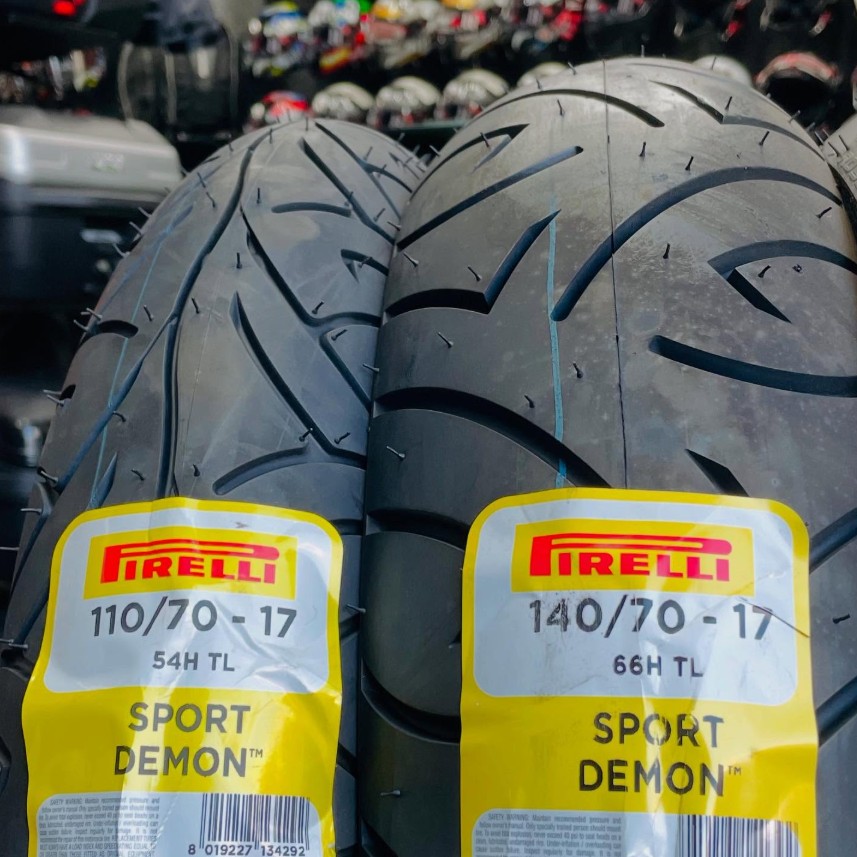
Downsides & Silver Lining: The Sport Demon’s single compound means the rear wears faster than dual‑compound radials. Mileage can vary depending on how hard you ride—4k–5k miles on the rear is common. The plus side is consistent grip across the entire tread and a well‑damped ride on rough pavement. If longer life is a priority, consider the Continental ContiMotion or Michelin Pilot Power 2CT (a moderate upgrade) at a slightly higher price.
A versatile cruiser-sport touring tire offering excellent wet & dry grip plus strong feedback, built with an X-ply carcass for stability across thousands of highway miles.
- Excellent traction in both wet and dry conditions
- Quiet, stable ride with minimal vibration
- Rounded profile allows predictable cornering feedback
- Wide size options for cruisers and touring bikes
- Rear tread center may wear faster under heavy loads
- Grip deteriorates as the tire ages in wet situations
Comparison Table
Below is a quick reference table summarizing key features and use cases for the tires discussed above. Remember, tables are for concise data—read the narrative sections for the full picture.
| Tire | Category | Notable Features | Best For |
|---|---|---|---|
| Kenda K671 | Cruiser/Touring | Deep offset tread evacuates water; tubeless; H‑rated up to 130 mph | Commuting and lightweight touring on metric cruisers |
| Shinko 230 Tour Master | Cruiser/Touring | Staggered tread for quiet ride; Aramid belted; built for high‑speed, long‑distance riding | Long‑distance touring riders who value comfort and longevity |
| Dunlop D404 | Cruiser | Tread compound balances mileage and grip; water‑evacuating grooves; bias‑ply for load capacity | Older or mid‑weight cruisers; budget replacements |
| Shinko 712 | Cruiser/Standard | Soft compound; easy‑to‑mount sidewalls; progressive feedback when approaching traction limit | Budget commuters on older metric cruisers and standards |
| Shinko 705 | 80/20 Dual‑Sport | Versatile tread; rubber resists chunking; 4‑ply construction | Riders splitting time between pavement and gravel; ADV commuters |
| Shinko 016 Verge 2X | Sport/Sport‑Touring | Dual‑compound for traction and mileage; siping for wet grip; steel‑belted rear and aramid‑belted front | Riders wanting affordable sport performance with decent tread life |
| Continental ContiMotion | Sport‑Touring | Outstanding all‑around performance; unmatched wet/dry grip; long life due to polymer compound; 0° steel belt | Year‑round commuters and sport‑tourers seeking value |
| Pirelli Sport Demon | Sport‑Touring/Bias‑ply | Multi‑radius X‑ply design; wet/dry traction and long mileage; zig‑zag rain grooves and siping | Classic standards and mid‑displacement sport‑tourers wanting a smooth ride |
Buying Guide: Getting the Most Out of Budget Tires
Choosing the right cheap motorcycle tire isn’t just about reading a rating or picking what your buddy runs. Here are a few practical tips:
Match the Tire to Your Bike and Riding Style
Consult your owner’s manual for the recommended tire sizes, load index and speed rating. Don’t mount a cruiser tire on a sportbike or vice versa; the carcass construction and tread pattern matter. Choose a dual‑sport tire only if you actually venture off pavement. A street‑biased ADV tire will last longer and feel more planted on asphalt than a knobby designed for mud.
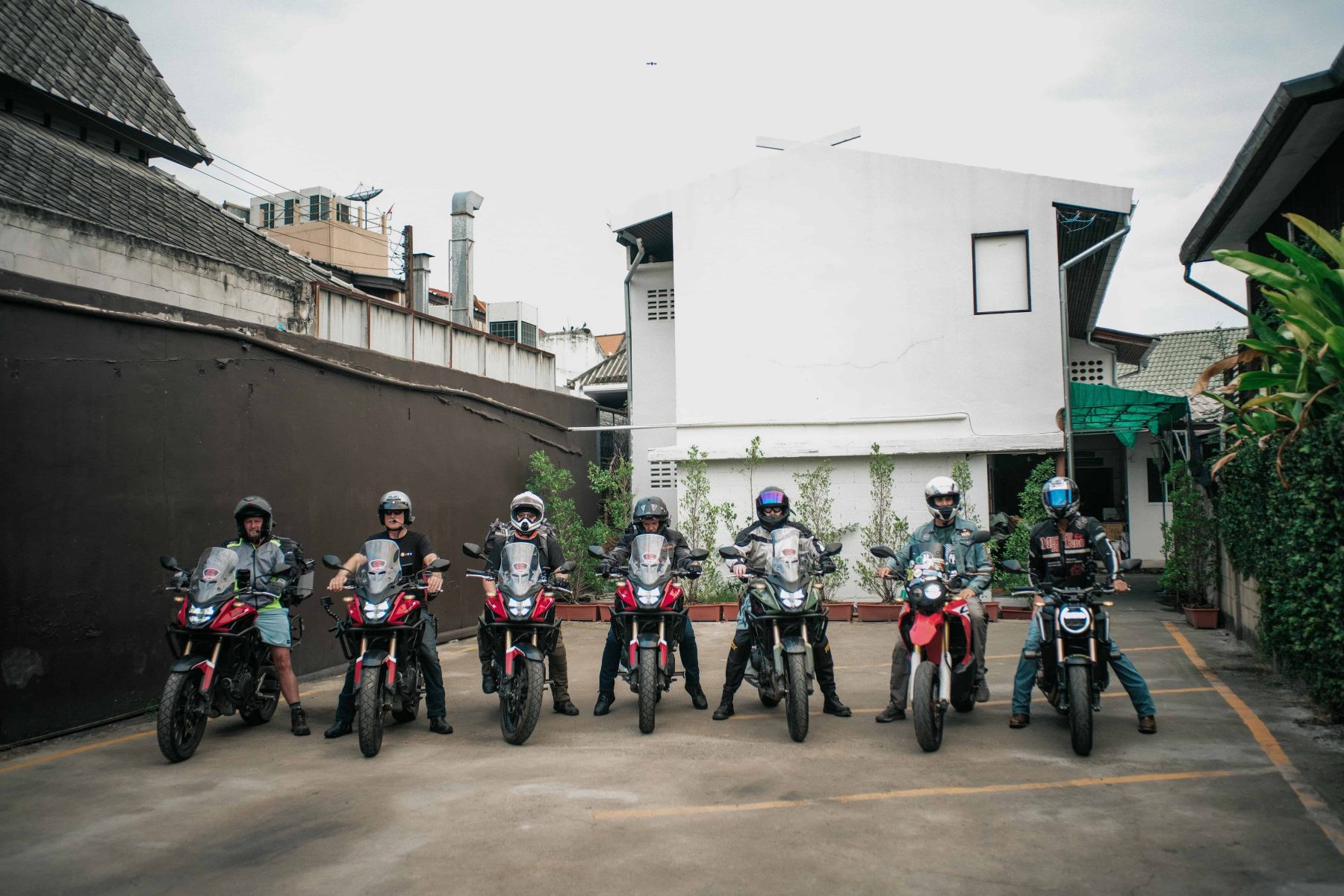
Understand Construction and Compounds
Bias‑ply tires like the Dunlop D404 or Pirelli Sport Demon have multiple layers of cord running diagonally. They generally offer durability and load capacity but may not handle as sharply as radials. Radials like the Shinko 016 or Continental ContiMotion have cords running perpendicular to the direction of travel, which allows the sidewall and tread to flex independently, improving grip and heat dissipation. Dual‑compound designs (hard center, soft shoulders) extend rear tire life without sacrificing lean‑angle grip.
Pay Attention to Load and Speed Ratings
Every tire has a load index and speed rating on the sidewall. Heavy touring bikes need a higher load index than lightweight standards. The Kenda K671 and Dunlop D404 are H‑rated (up to 130 mph), while the Pirelli Sport Demon offers both H and V ratings (up to 149 mph). Match these ratings to how you ride; there’s no point buying a V‑rated tire if you never exceed 100 mph.
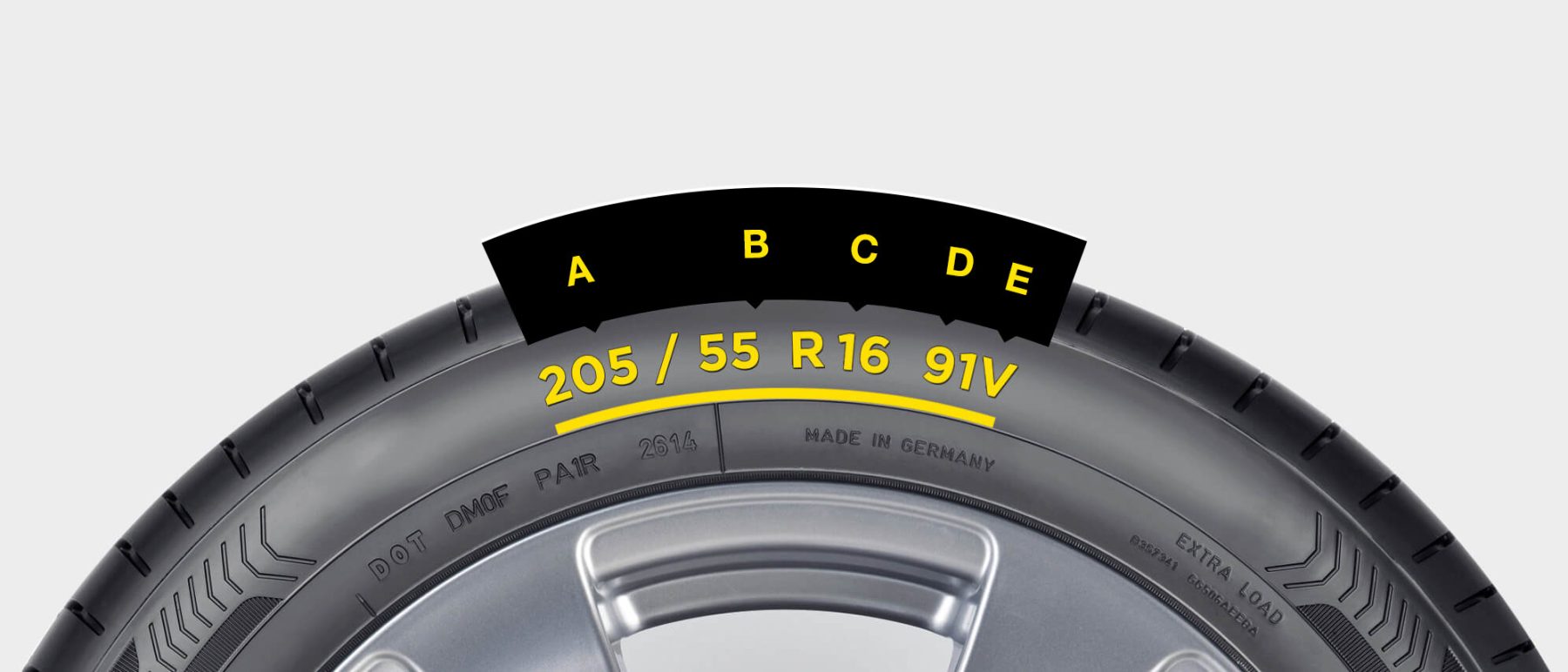
Mileage vs. Grip: Find Your Balance
There’s always a trade‑off between longevity and traction. Harder compounds like those used in the K671 or D404 last longer but provide less immediate grip, especially in cold weather. Softer compounds like the Verge 2X warm up quickly and stick better but wear faster. Dual‑compound designs aim to offer the best of both worlds, but even they require compromise. Think about whether you prioritize miles between tire changes or cornering confidence.
Check Availability and Age
Some budget tires, like the ContiMotion, may be closeout items. While discounts are great, verify the manufacturing date—tires degrade over time, even if unused. Try to buy rubber no older than two years from its production date to ensure the compound hasn’t hardened.
Installation and Maintenance
Budget tires often have more flexible sidewalls, making home installation easier (e.g., Shinko 712). Always replace valve stems during tire swaps. Check and maintain proper inflation; under‑inflated tires overheat and wear prematurely, while over‑inflation reduces grip. Inspect tread depth regularly and replace tires before they reach the wear bars.
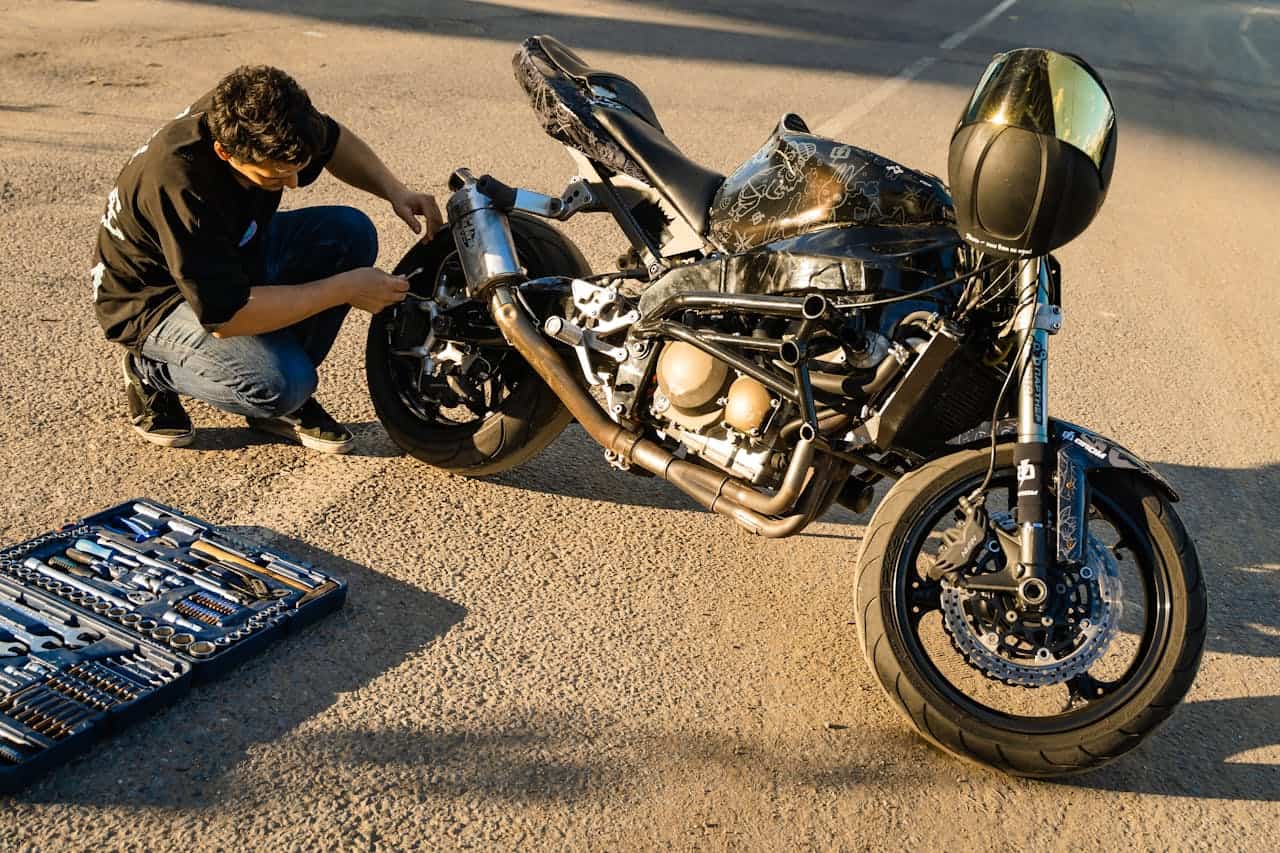
Test Within Your Limits
Once you install new rubber, take time to break it in. Many tires have a release agent from manufacturing that needs to scrub off. Ride cautiously for the first 100 kilometers (about 60 miles), gradually increasing lean angles and braking forces. Pay attention to feedback—if a tire feels vague or slippery in the rain, adapt your riding and consider swapping to a different model next time.
Final Thoughts
Cheap doesn’t mean nasty. Choosing the right budget tire can refresh your bike’s handling, improve safety, and free up funds for more riding adventures.
Whether you need a cruiser tire that eats up miles, a dual‑sport tire that takes you off the beaten path, or a sport tire that lets you carve corners without killing your wallet, there’s a budget option out there.
Use the information above, match your tire to your riding style, and you’ll discover that frugal rubber can be a smart—and fun—decision.
Related
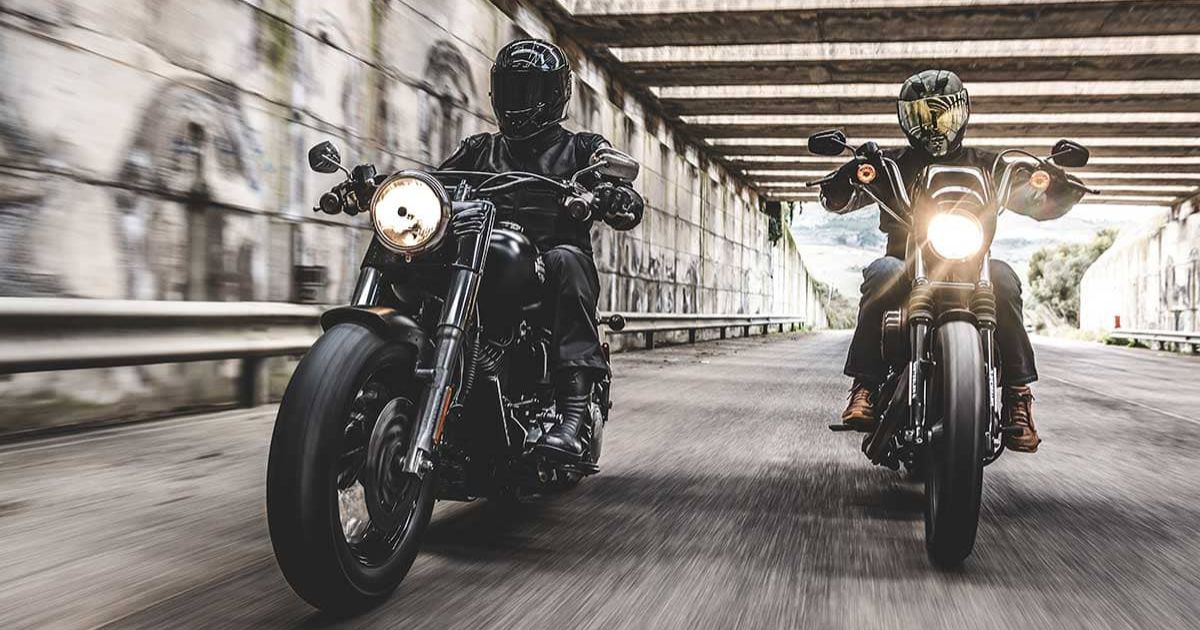
Best Cruiser Tires for Motorcycle Riders in 2025
Discover the best cruiser tires of 2025 for riders—tested for grip, comfort, mileage, and style to keep your V-Twin planted and confident.

